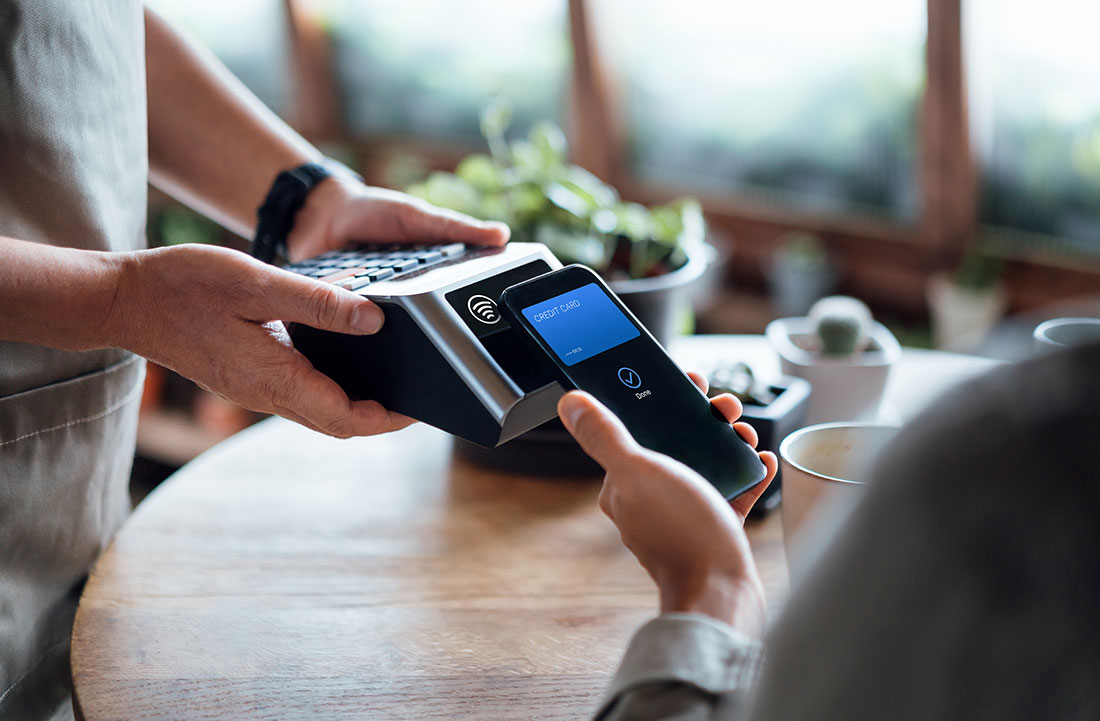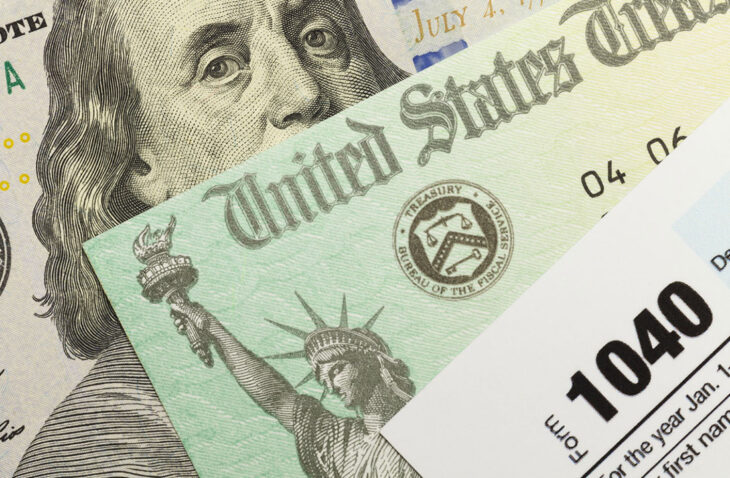Business Guide to Digital Wallets
April 4, 2024

What’s the one item that everyone seems to have with them at all times? It’s their smartphone. Smartphones allow us to communicate, learn, read, shop and be endlessly entertained. Smartphones deliver all this value in a device that’s easy to use, affordable to most and fits neatly in our pockets. So it makes sense that smartphones are taking on more everyday activities, like paying for goods and services. Mobile wallets turn smartphones into powerful, convenient and secure payment tools. In less than a decade, mobile wallets have emerged as the payment method of choice for millions of shoppers around the world. Mobile wallets are changing the face of retail payments, so it’s a great time to get caught up. This quick guide answers the questions business owners and managers like you are asking about mobile wallets.
What’s a mobile wallet?
Digital wallets are exactly what they sound like. They’re electronic versions of your physical wallet. They can store things like credit card information, loyalty cards, and even tickets you’ve purchased.
You can access that personal data from devices like your smartphone, smartwatch, computer, or tablet. This can help you declutter and avoid carrying a bunch of physical cards around with you. And it can make payments quick and easy.
Mobile wallets are also known as digital wallets or mobile wallets are often used interchangeably. But they can also refer to slightly different things. Though the terminology and individual features may differ, mobile wallet and digital wallet all refer to smartphone apps that, among other uses, can act as a payment method. The term mobile wallet is sometimes applied to the use of smartphone apps for payment in-store while digital wallet is used more commonly for the use of the same apps to purchase goods and services online.
The most well-known mobile wallets are intended for general use and are broadly accepted by businesses large and small. These include digital wallets like Apple Pay, Samsung Pay and Google Pay. Other mobile wallets are closed loop and intended for use at one company, like many of the popular mobile apps offered by a growing list of popular quick-serve restaurant franchises.
How do mobile wallets work with payments?
Mobile wallets are smartphone apps that work like an updated version of a traditional payment card. Instead of swiping or dipping their cards into a terminal, consumers pay by simply tapping their smartphone at a properly-equipped point of sale terminal.
While additional security is built-in to the app, many mobile wallets also integrate a traditional PIN security layer. Then the transaction is designed to proceed as if a traditional payment card was used.
Mobile wallet smartphone apps are backed by traditional credit and debit card accounts. Beyond the differences in how a consumer’s payment information is captured at the point of sale, credit and debit transactions are processed as if a traditional payment card was used. Alternative payment methods and funding sources are also emerging as mobile wallet payment options.
Are mobile wallets safe and secure?
Mobile wallets are reliable, convenient and they are also safe and secure. The mobile wallets use secure technologies like encryption and tokenization to protect sensitive payment data. Mobile wallets build on the successes of EMV “chip card” technology.
Mobile wallets use secure technologies like near-field communications so customers can tap their phones rather than swiping or dipping a card. QR codes make the secure exchange of tokenized payment credentials easy even for merchants who maintain a low-tech profile. Each of these wireless technologies create secure connections between smartphones and point of sale systems.
Mobile wallets benefit from additional layers of security compared to plastic, starting with a smartphone’s built-in biometric security.
Why should my business accept mobile wallets?
Among the benefits of digital wallets for businesses are:
Quicker transactions. Mobile wallets facilitate quicker transactions than traditional payments such as debit and credit cards. Debit cards require customers to enter a PIN and credit cards may require customers to give their signature before a transaction is complete, neither of these requirements is part of mobile wallet payments.
May slowly replace debit cards. Mobile wallets are usually extensions of debit cards rather than entirely new bank accounts that customers open just to be able to pay from their phones. As such, they could grow to entirely replace debit cards. This is especially true since many millennials and Generation Z customers always have their phones with them, so accidentally leaving a card or wallet at home isn’t a concern for this group.
Mobile apps can be part of mobile wallets. Look to Starbucks for an example of this advantage in action. The global coffee brand offers rewards programs, coupons and more incentives through its app, which can also be added to a customer’s mobile wallet and used as payment – think of it as a digital Starbucks card. This model at once gives Starbucks a loyalty program and a payment avenue through which 25% of its transaction occur.
Additional security. Credit cards come with security risks, many of which are eliminated when using mobile wallet payments. For example, since mobile wallets must be verified by the customer using a fingerprint or a four to six-digit PIN they set, you don’t have to worry about your staff failing to match the customer’s name or signature to those on a card. There’s also no chance of accepting fake credit cards, as without connections to a real debit account, mobile wallets and payment programs simply don’t work.
Can earn customer loyalty. Some customers are dead set on only paying with mobile wallets. If your company is among a few in its industry or market that take mobile payments, then those customers will likely choose you over a competitor.
How do you accept mobile wallet payments?
Setting up mobile payments for your business is fast and affordable. First, you need to choose a credit card processor that supports mobile payments. There are hundreds of payment processing companies on the market, and all the best ones can set you up to accept digital wallets.
If you already have a payment processor, call your rep and ask what you need to do to accept mobile payments and digital wallets – it may be as simple as upgrading to a new credit card reader that enables NFC. The card reader or terminal should cost you no more than $500; depending on the mobile payment provider, it might even be free.
Disclosures
-
This credit union is federally insured by the National Credit Union Administration.
-
Equal Housing Lender



